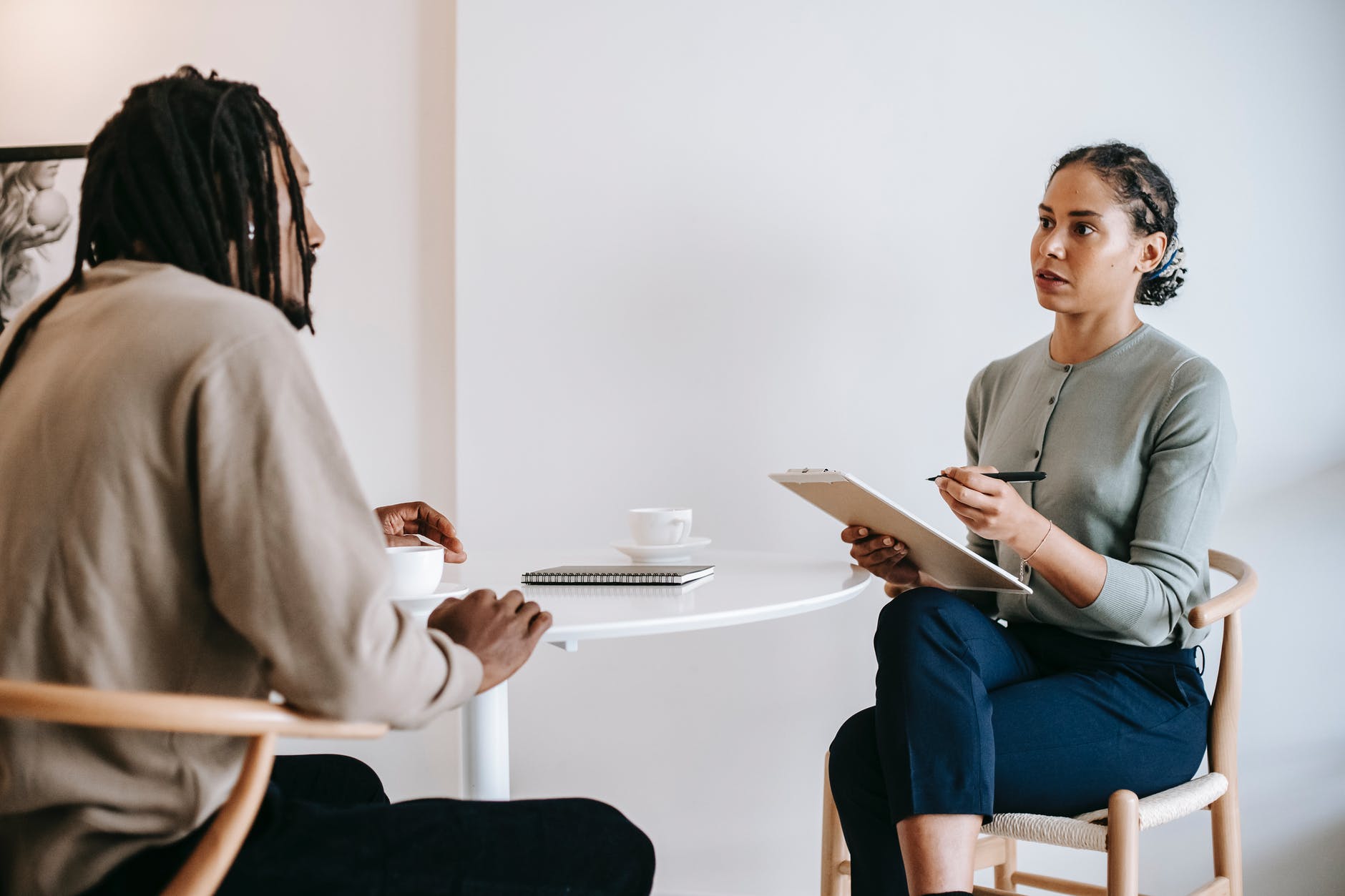What a fun snow day! Tonight we watched a session entitled “Emotional Histories: Exploring Social Change in a Gen Ed History Course Through Oral Histories” that was a 40-minute Open Ed 2021 with several presenters, including students. Elaine Kaye, an instructional designer from James Madison University, began by providing an overview. Kristen McCleary spoke about the Sociology of Gender course and its evolution since 2004. In 2015, they began collaborating with instructional designers, and in 2017a website and student workshops were included. Then, in 2018, the “Telling Your Own Story of Social Change” assignment was further developed. McCleary mentioned that they were inspired by a large-enrollment class they were a teaching assistant for and conversations with grandparents! McCleary mentioned that with instructional support, they developed a website and taught students how to record and share their stories. In March 2020, they quickly adapted the assignment again to be completely online. Recently, they have added information about copyright, consent, and intellectual property. To supplement personal narratives, McCleary assigns important social change narratives to inspire students and scaffold the assignment a little. McCleary mentioned that with this assignment, students are reminded of the emotional and personal connections of social narratives. Kristen Mlodynia spoke about supporting students to record interviews, gather consent, use Adobe Spark… and many other technical aspects of the project. They spoke about using several different software and providing students with tutorials/training materials for this variety of recording options (like Audacity, GarageBand…). Now, they are using Zoom and taking advantage of otter.ai and other transcription services. Mlodynia shared the landing page for the interviews. Students can use tags that are then combined to make word clouds like in WordPress. Each interview has a transcript, an overview and research, and tags. Students then spoke about their experience as creators and learners doing this assignment. Anthony reflected on how the assignment helped them identify their interests and a new career path. Addison spoke about interviewing their grandmother who was a nurse during the 1950s… and is now pursuing a nursing career. Michael talked about how the assignment helped them reflect on rallies and promote social change.
Kaye and Nicole Wilson talked about how this project has supported them to develop a community of trust. The trust, Kaye explained, was in interviewees, peers, and the learning community. Their instructional design process was influenced by critical instructional design and bell hooks’ engaged pedagogy: valuing other ways of knowing and intersectionality. Citing Morris and Stomme’s 2018 Pressbook: An Urgency of Teachers, Wilson emphasized centering communication and collaboration. Also, the influence of the 5Rs for Open Pedagogy from Rajiv Jhangiani’s work was connected to this project:
- Respect: center multiple voices and respect stories
- Reciprocate: vulnerability and sharing
- Risk: center, discuss, and assess risk
- Reach: open publishing and creating OER (“the work reaches beyond the semester”)
- Resist: resisting the structures and tenets of white supremacy culture
Kaye described the next steps of the project including partnering with a methods history course and developing a section of the website that includes “teaching and design philosophy.” During the question and answer session, the group spoke about using Adobe Spark and allowing students to decide how much and with whom to share their projects. What a great project with a lasting impact on students and public information. I also found it interesting how they mentioned that some interviewees have asked that the project be taken down from the site after the course, yet the instructional team and students discuss their sharing at the beginning of the assignment. I also love the use of Adobe Spark and a webpage as a “hub” for collecting the oral histories.



